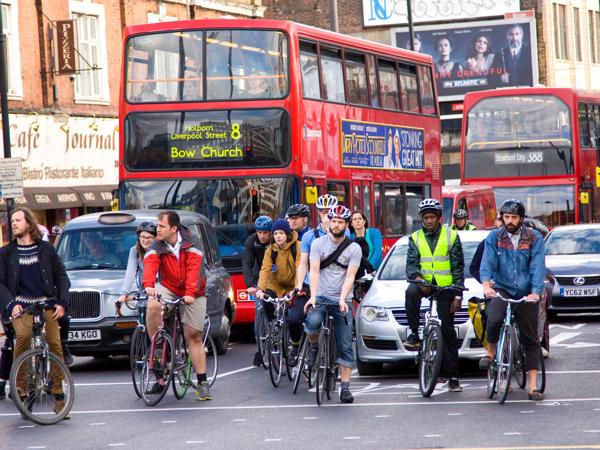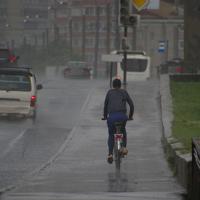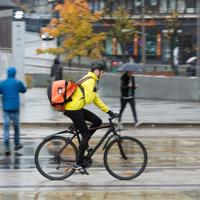Cycling to work or school is a rewarding lifestyle choice. Not only does it promote physical health, but it’s also environmentally friendly and often quicker than using a car in congested areas. However, one factor that can make or break your commute is the clothing you choose to wear. Below, we’ll explore some clothing options that can enhance your cycling experience by offering comfort, safety, and practicality.
Understanding the Basics
When considering cycling clothes for commuting, comfort and functionality should be at the top of the list. The right gear can protect you from the elements, increase your visibility, and make your ride more enjoyable.
Remember, the goal is to feel comfortable both on and off the bike, meaning your cycling clothes should be versatile enough to wear throughout the day if needed.
Layering for Weather Conditions
Base Layer
The base layer’s primary function is moisture management. A good base layer wicks sweat away from the body to keep you dry. Materials like merino wool and synthetics are common choices due to their ability to regulate temperature and keep moisture at bay.
Example: A lightweight, breathable merino wool t-shirt can be an excellent option. Brands like Icebreaker and Smartwool offer a variety of choices that serve this purpose well.
Mid Layer
The mid layer is all about insulation. This layer traps heat to keep you warm during those chilly morning rides. You might opt for a fleece or a light, insulated jacket depending on the temperature.
Example: A fleece jacket from Patagonia or The North Face can provide sufficient warmth without making you feel bulky.
Outer Layer
This layer, often referred to as the shell, protects against wind and rain. Waterproof and windproof jackets are essential in many commuting scenarios. Look for options with ventilation features to reduce overheating.
Example: Brands like Gore-Tex and Pearl Izumi offer jackets that are both breathable and water-resistant, ideal for unpredictable weather.
Pants and Shorts
Cycling shorts or pants made of stretchable, breathable fabric improve comfort considerably. Padded shorts, in particular, can prevent saddle soreness, which is crucial for longer commutes.
For colder weather, insulated leggings or pants might be more appropriate. Many cyclists prefer trousers with reflective elements, especially for nighttime visibility.
Example: The Endura Hummvee shorts are popular among cyclists for their comfort and practicality.
Choosing the Right Footwear
Cycling shoes or adaptable sneakers that can handle both walking and cycling are ideal for commuters. They should offer a good balance between grip and pedal efficiency.
Clipless shoes can make pedaling more efficient but may not be practical for everyone. Consider your route and whether you’ll need to walk before making a decision.
Example: Shimano makes a range of versatile cycling shoes, and brands like Giro offer options that blend cycling function with urban style.
Accessories Matter Too
Gloves
Good cycling gloves are not just for warmth; they provide grip and protect your hands. Fingerless gloves might be sufficient in warm weather, while full-fingered gloves are better suited for winter.
Example: Check out the options from Castelli or Rapha for gloves that combine comfort and style.
Helmet
While more of a safety tool than clothing, a helmet is indispensable. Look for helmets with good ventilation and, if possible, added features like a built-in light or reflective elements.
Example: The Giro Register MIPS is a helmet recognized for its comfort and added safety tech.
Conclusion
Choosing the right cycling clothing as a commuter is about balancing functionality and personal style. While there are many options on the market, the key is understanding your personal needs and typical commute conditions.
Experiment with different gear combinations to find what works best for you, ensuring each ride is as pleasant as it is productive. After all, cycling is just as much about the journey as it is about the destination.




